A set of 2 posters explaining stage direction terminology.
Use these educational posters to display information about stage directions. These posters are useful for students who are studying drama in the classroom, learning about the elements of drama and the concept of ‘dramatic action’, as well as those who are learning the basics of theatre and performance skills.
The posters included the following stage direction terminology:
Basic Stage Directions
- Downstage
- Upstage
- Stage Left
- Stage Right
Detailed Stage Directions
- Downstage Left (DSL)
- Downstage Centre (DSC)
- Downstage Right (DSR)
- Centre Stage Left (CSL)
- Centre Stage (CS)
- Upstage Left (USL)
- Upstage Centre (USC)
- Upstage Right (USR)
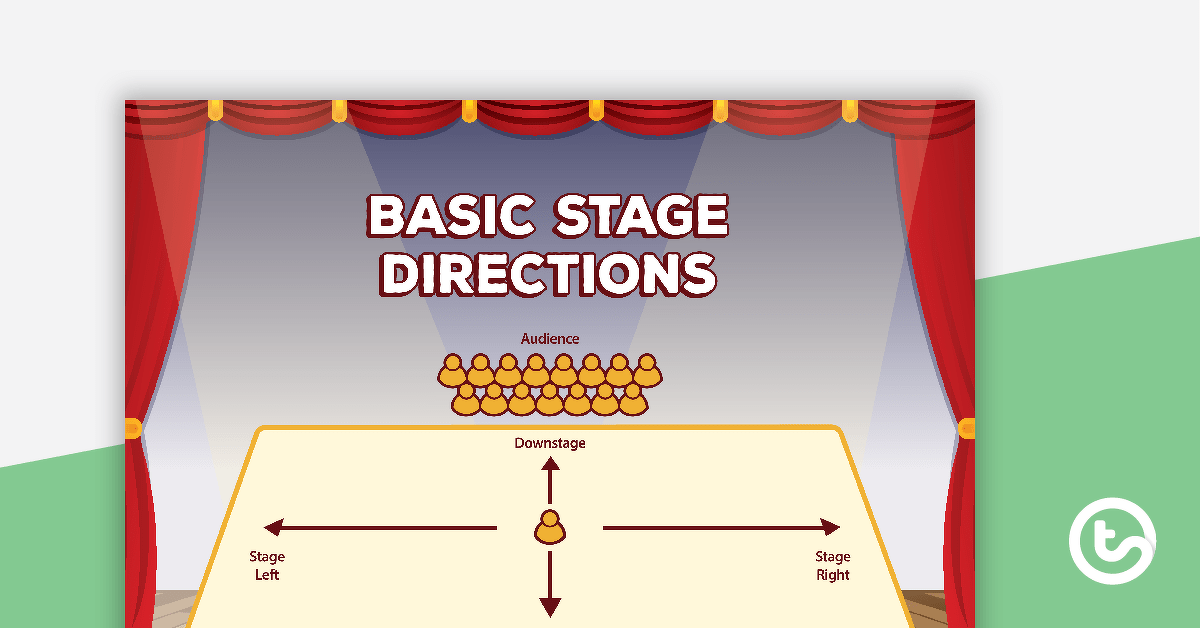
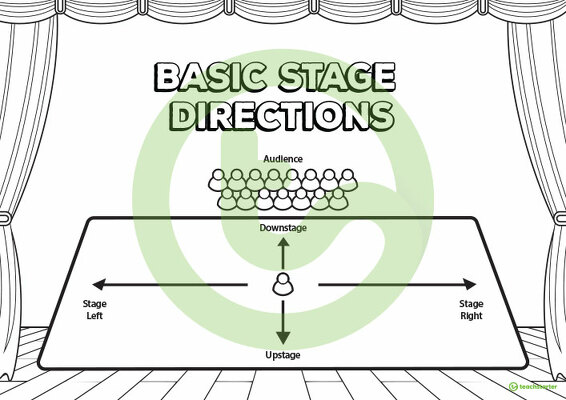
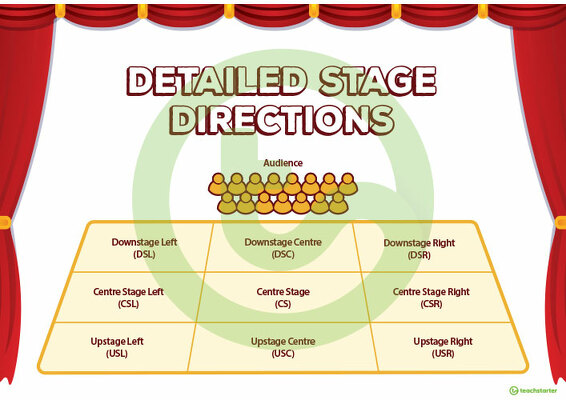
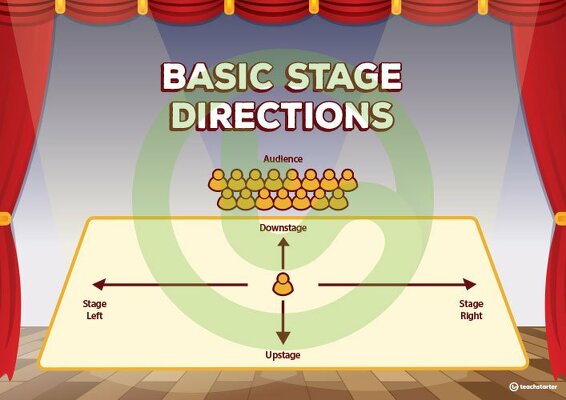

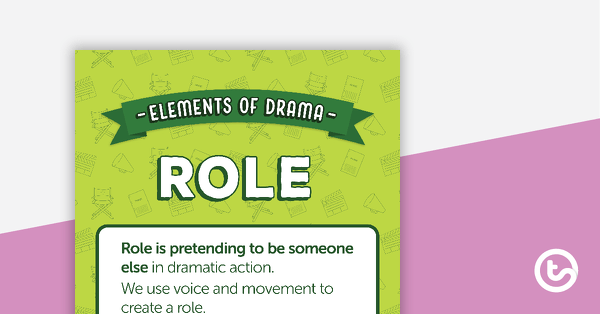

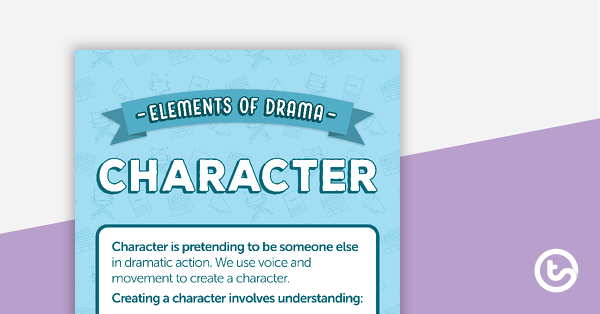
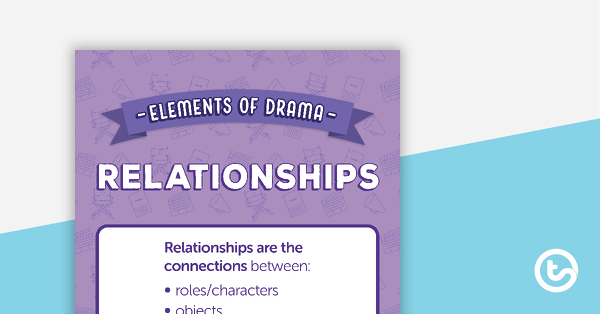
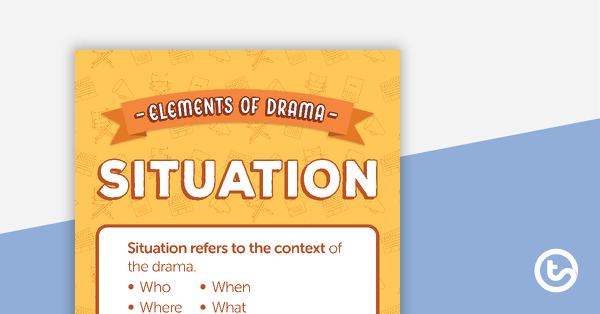
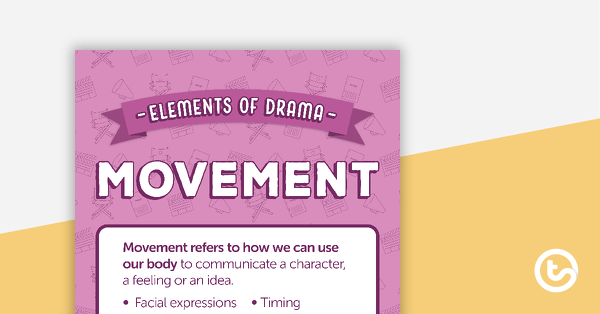
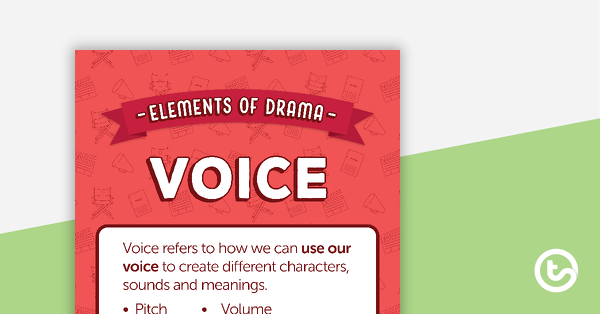
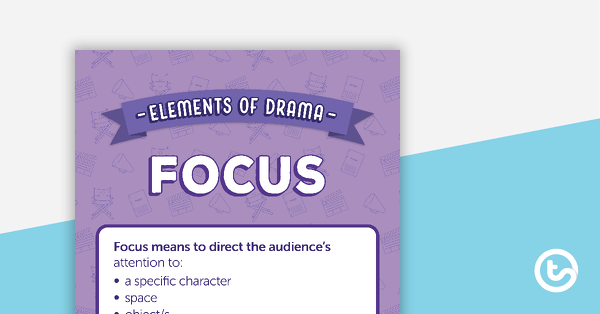
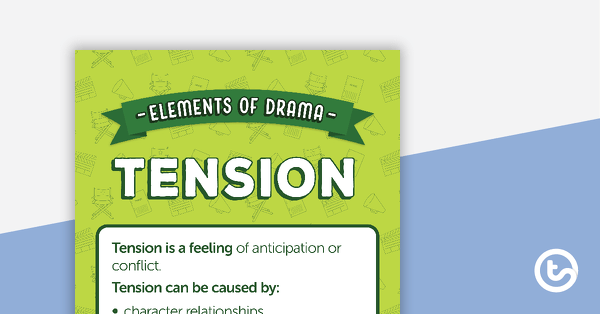
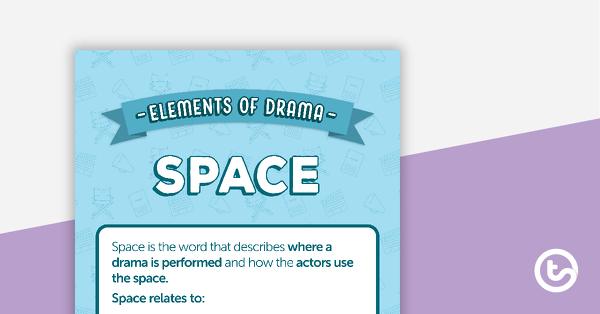
0 Comments
Write a review to help other teachers and parents like yourself. If you'd like to request a change to this resource, or report an error, select the corresponding tab above.